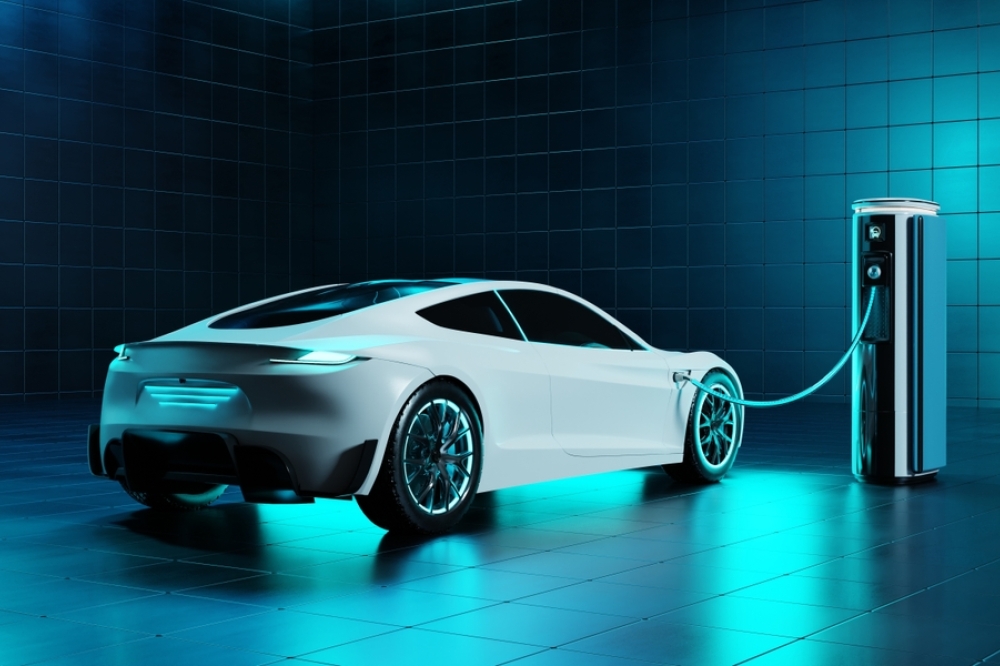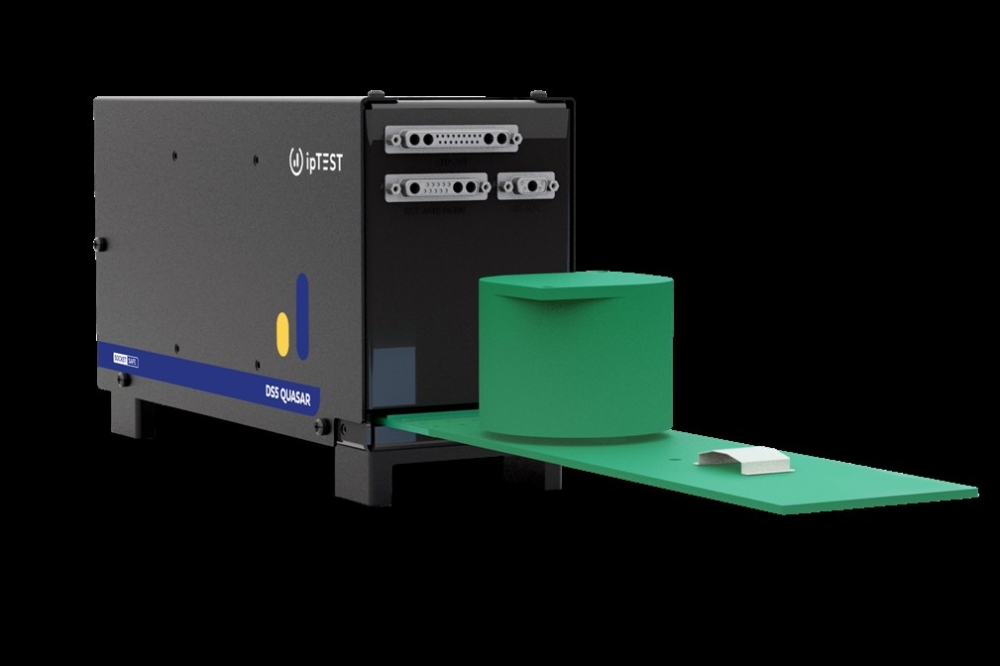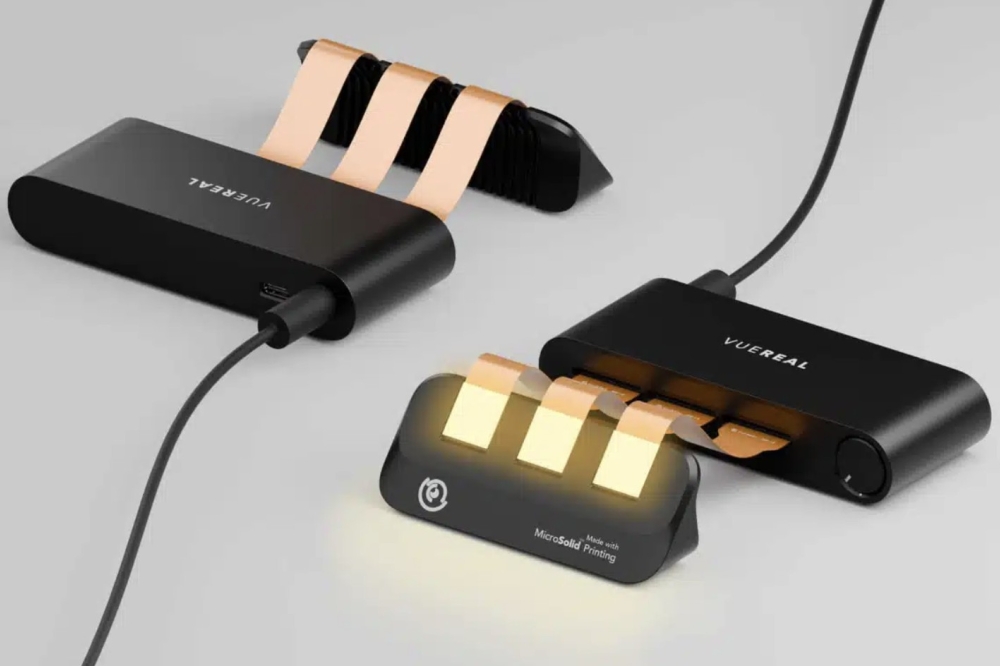Uppsala University sets CIGS solar record

Uppsala University is the new world record holder for electrical energy generation from CIGS solar cells. The new world record is 23.64 percent efficiency. The measurement was made by an independent institute and the results are published in the journal Nature Energy.
The record results from a collaboration between the company First Solar European Technology Center (formerly known as Evolar) and solar cell researchers at Uppsala University.
“The measurements that we have made ourselves for this solar cell and other solar cells produced recently are within the margin of error for the independent measurement. That measurement will also be used for an internal calibration of our own measurement methods,” says Marika Edoff, professor of Solar Cell Technology at Uppsala University, who is responsible for the study.
The previous world record was 23.35 per cent (Solar Frontier, Japan), preceded by 22.9 per cent (ZSW, Germany). Uppsala University has held the record before, the first time being in the 1990s in the research collaboration Euro-CIS.
“At one time we also held the record for a series-connected prototype. Even though it’s quite a long time since we held the cell record, we’ve often been just behind the best results and of course there are many relevant aspects to consider, such as the potential for scaling up to a large-scale process, where we have always been at the forefront,” Edoff says.
The world record of 23.64 per cent has been measured by the independent institute Fraunhofer ISE in Germany. The scholarly paper presents a thorough material and electrical analysis of the solar cell as well as a comparison with previous records for the same type of solar cell from other research institutions.
“Our study demonstrates that CIGS thin-film technology is a competitive alternative as a stand-alone solar cell. The technology also has properties that can function in other contexts, such as the bottom cell of a tandem solar cell,” Edoff says.
Several advanced measurement methods have been used to further understand the correlation between the efficiency and the solar cell structure: material from the solar cell has been characterised by nano-XRF (X-ray fluorescence spectroscopy) at the MAX IV facility in Lund, where a careful compositional analysis has been made.
Transmission electron microscopy (TEM) at high resolution has been used to study cross sections of the solar cell, both composition as a function of depth and how the crystal grains are built up, as well as the interfaces between the layers. Using photoluminescence, the spectrum of the light emitted by the solar cell after excitation by a laser has been studied as a means to understanding how well the solar cell takes care of electrons internally. A solar cell that shines brightly has a lower share of internal heat losses than a solar cell that shines faintly. Finally, electrical measurement methods have been used to analyse the doping of the CIGS material.
Reference
Keller, J., Kiselman, K., Donzel-Gargand, O. et al. High-concentration silver alloying and steep back-contact gallium grading enabling copper indium gallium selenide solar cell with 23.6 per cent efficiency. Nat Energy (2024). https://doi.org/10.1038/s41560-024-01472-3






























